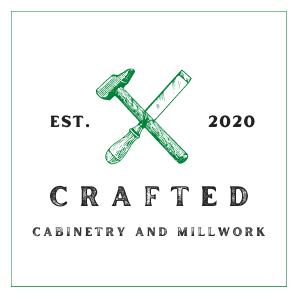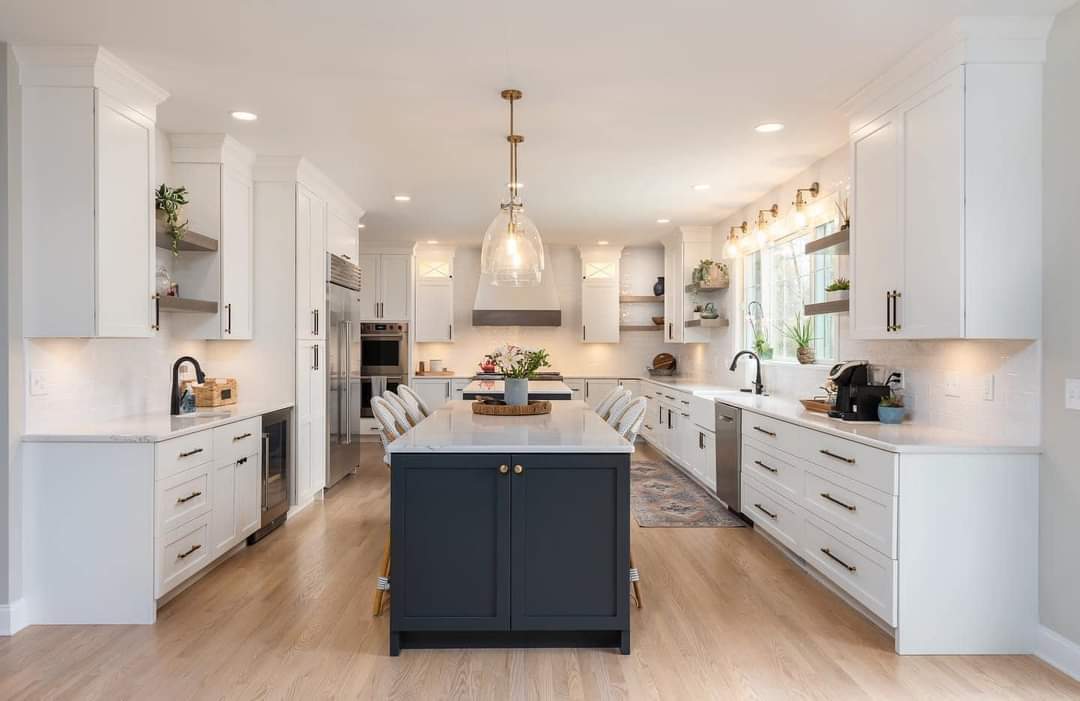The heart of your kitchen? Not the refrigerator (although that’s pretty important too). It’s the cabinets. They store your culinary arsenal, hide away clutter, and define the entire aesthetic. But behind those beautiful facades lies a not-so-glamorous decision: the cabinet material. Fear not, fellow kitchen warriors! This guide will break down the three main contenders – plywood, particle board, and MDF – so you can choose the champion for your dream kitchen.
The Contenders: A Breakdown of Kitchen Cabinet Materials
- Plywood: The OG of engineered wood, plywood is crafted by layering thin sheets of wood veneer with their grains running perpendicularly. This cross-grain construction creates a superhero of strength and stability, making it resistant to warping and shrinkage. Plywood is also a favorite for its versatility, coming in a range of thicknesses and wood types to suit any budget and style.
- Particle Board: The budget-friendly option, particle board is formed by gluing together wood chips and particles. While it’s lightweight and easy to work with, its lower density translates to lower strength and moisture resistance. Think of it as the sidekick to plywood – great for some tasks, but not the ultimate hero.
- MDF (Medium-Density Fiberboard): Imagine wood fibers getting a high-pressure makeover. That’s MDF! This dense and smooth material offers a dream canvas for painted finishes. It’s also known for its excellent machinability, allowing for intricate designs on cabinet doors and drawers. However, MDF’s Achilles’ heel is moisture – exposure can lead to swelling and warping.
The Fight: Matching Material to Kitchen Needs
So, which material takes the crown? The truth is, it depends on your kitchen’s specific needs and battle cries (aka budget and priorities). Let’s explore each contender’s strengths and weaknesses:
Plywood:
- Strengths: Unbeatable in strength, stability, and moisture resistance. Perfect for high-traffic areas, heavy loads, and humid kitchens.
- Weaknesses: More expensive than particle board and MDF. Can show visible wood grain through paint (if that’s not your desired look).
Particle Board:
- Strengths: The most affordable option. Lightweight and easy to work with, making it suitable for simple cabinet designs.
- Weaknesses: Lacks strength and moisture resistance. Prone to damage and sagging with heavy loads. Not ideal for high-use areas.
MDF:
- Strengths: Excellent for painted finishes due to its smooth surface. Strong and dense, offering good value for the price.
- Weaknesses: Susceptible to moisture damage. Screw holes can become loose over time. Not the best choice for natural wood finishes.
Bonus Round: Speciality Plywoods
For the discerning kitchen warrior, there’s a whole army of speciality plywoods ready to join the battle. Baltic birch plywood offers exceptional strength and moisture resistance, making it a great choice for high-end cabinetry. Apple plywood brings a touch of warmth and natural beauty with its elegant grain.
The Verdict: Declaring Your Kitchen Cabinet Champion
Here’s a quick cheat sheet to help you pick your champion:
- For the budget-conscious warrior: Particle board can be a good option for less-used cabinets or for areas with minimal moisture exposure.
- For the design enthusiast: MDF reigns supreme for painted cabinets with intricate details.
- For the durability devotee: Plywood is the ultimate champion, offering unmatched strength, stability, and moisture resistance. For high-traffic areas, heavy loads, or humid kitchens, plywood is the clear winner.
Remember, the best material for your kitchen cabinets is the one that aligns with your budget, desired aesthetics, and lifestyle. Don’t be afraid to consult with a professional to discuss your specific needs and explore additional options beyond these three contenders. With the right champion by your side, your kitchen cabinets will be ready to battle for years to come!

